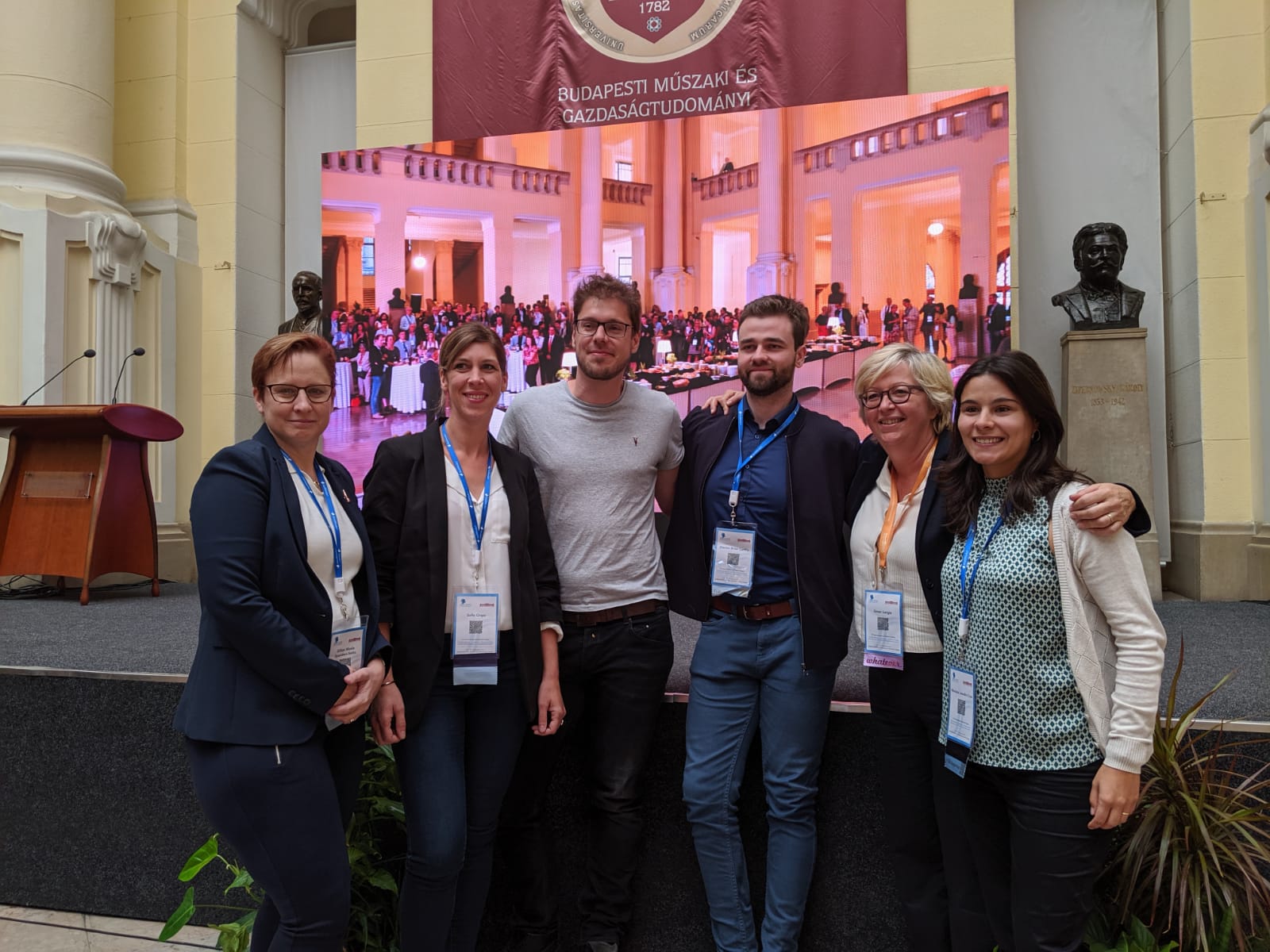By: Heather Montague
Engineering graduates learn plenty of skills during their studies. But what happens when your skills and interests don’t fully match with what industry desires? The PREFER project aims to reduce that mismatch and help engineering graduates become more employable.
Bridging the gap
When engineering graduates enter the job market, their competences and interests may not align with the expectations of potential employers. “With what students think they can do and what we as a company can offer, and more importantly, what we ask as a company, there is a mismatch,” says Gerdien Scharten, who works in human resources for Siemens. This reflects the need to bridge the gap between what education provides and what is required in practice.
The PREFER (Professional Roles and Employability of Future EngineeRs) project, funded by the Erasmus+ Programme of the European Union, is a consortium of partners from academia, industry and engineering federations in Belgium, Ireland and the Netherlands. Their goal is to help engineering students and graduates identify their strengths and weaknesses while providing them opportunities to explore the variety of engineering roles in the labour market, thereby making them more employable.
What industry wants/needs
Employers expect engineering graduates to develop transversal competences prior to entering the job market. So, in addition to technical competences, professional skills like communication, time-management, teamwork and problem-solving are required. But, when it comes to finding a job, which competences are most important in industry and what level of expertise is expected?
Through a series of questionnaires, PREFER partners from hiring and engineering roles provided insights as to what competences they value and require from engineers at the early stages of their careers. Based on this information, KU Leuven developed a Professional Roles Framework, identifying three engineering roles in industry that can be clearly defined with an associated set of skills and competences. Although there is some overlap, each role has a specific focus: product leadership, operational excellence or customer intimacy.
Tailored testing
For their part of the project, TU Dublin developed an engineering test to increase students’ awareness of these roles, while also making them reflect on their own interests, strengths and weaknesses. The test has two components: a personal preference test that looks at a student’s motivation and a situational judgement test which focuses on identifying their competences.
TU Delft Associate Professor Dr Gillian Saunders-Smits says a tool like this helps students be more self-reflective and gives them a more realistic view of their future. “If you’re a customer intimacy person and you really don’t like talking to people, then is it something you want to develop and can develop or are you better off in one of the other roles?”
Augmenting the curriculum
At TU Delft, some of the competences are already being taught, so highlighting which skills map to specific roles in industry is important. Building on the PREFER roles framework, TU Delft PhD candidate Mariana Leandro Cruz and Saunders-Smits also set out to develop some new curriculum elements that focus on developing professional competences. One example is the design and implementation of a one-week course, a sort of innovation bootcamp. It’s a little bit like The Apprentice says Saunders- Smits. “The idea is that in one week, the team will experience all three roles. You have to talk to a client, and you have to invent something and produce it by the end of the week.”
But there are also small activities that can be plugged into an existing course. For example, Leandro Cruz adapted a children’s game to create a one-hour group activity that allows students to practice their communication skills, calling it ‘Chinese Whispers with a Twist’. The group is divided into three roles. Group A is provided an image, which it then verbally describes to the second group. Group B can then only answer questions from Group C, which ultimately has to draw the image based on the information they receive. The research resulting from this activity, which highlights the importance of communication skills, resulted in a Best Student Paper Award for Leandro Cruz at the SEFI conference in September of this year.
Outcomes of the work
An important aspect of the project is ensuring that the elements created and the philosophy behind it is shared by as many people as possible. “All of our curriculum elements should be developed in a way that can be translated to other engineering contexts,” says Leandro Cruz. “What we do is open access and everybody can use it.”
From the perspective of industry, Scharten notes that businesses put a lot of effort into teaching professional skills to newly-hired graduates. They don’t expect graduates to be experts, but making them aware of the importance of these competences and being exposed to them during their studies is beneficial to everyone. “We are participating in this project to make students more aware of what the business is asking, so that there will be a more fluid transition from university to business.”
As for the impact on education, Saunders-Smits says it’s not so much about what we teach content-wise, but what we teach experience-wise. “How do we activate skills instead of just pumping in lots of knowledge?” She also hopes that collaborating with industry will lead to more internships and opportunities for students to experiment with their own strengths and weaknesses. “We hope that in due course we have a much better idea of what industry wants and they have a better idea of what we want. And we can be more specific what skills you get from which degree and you can make the right choice.”

